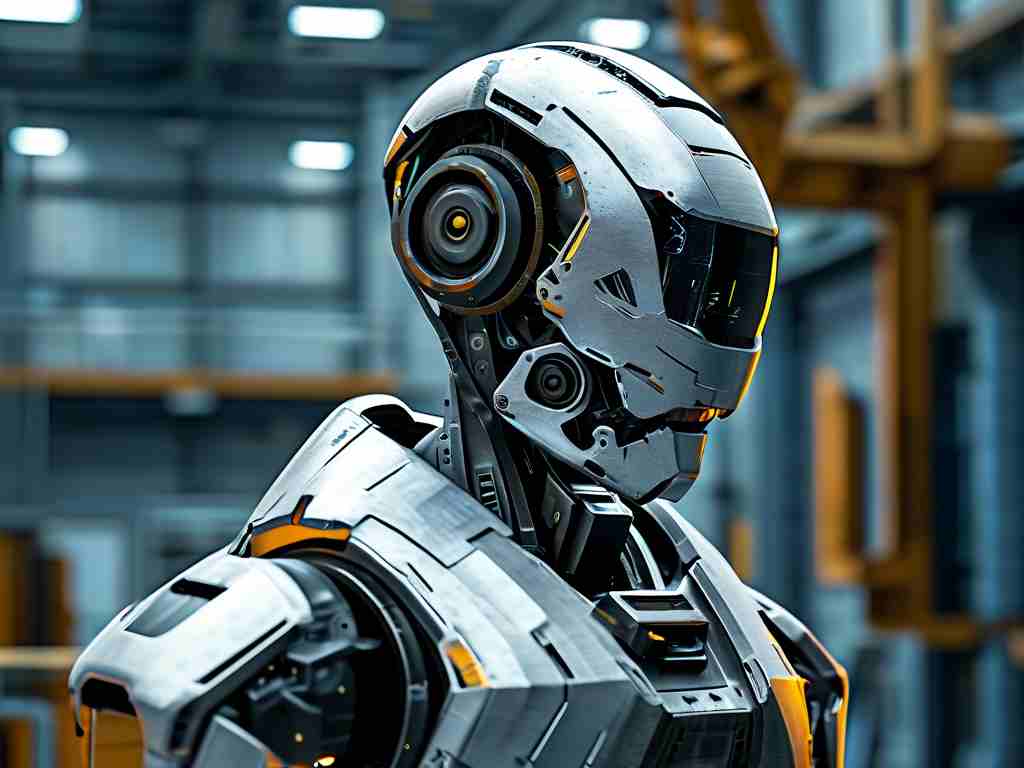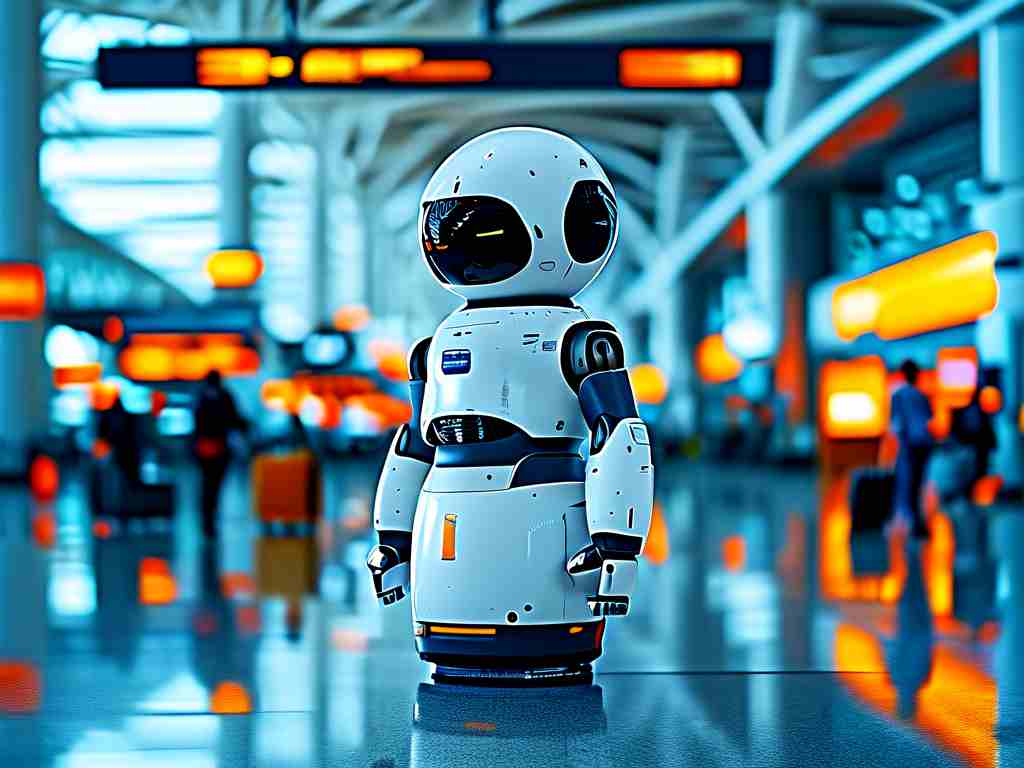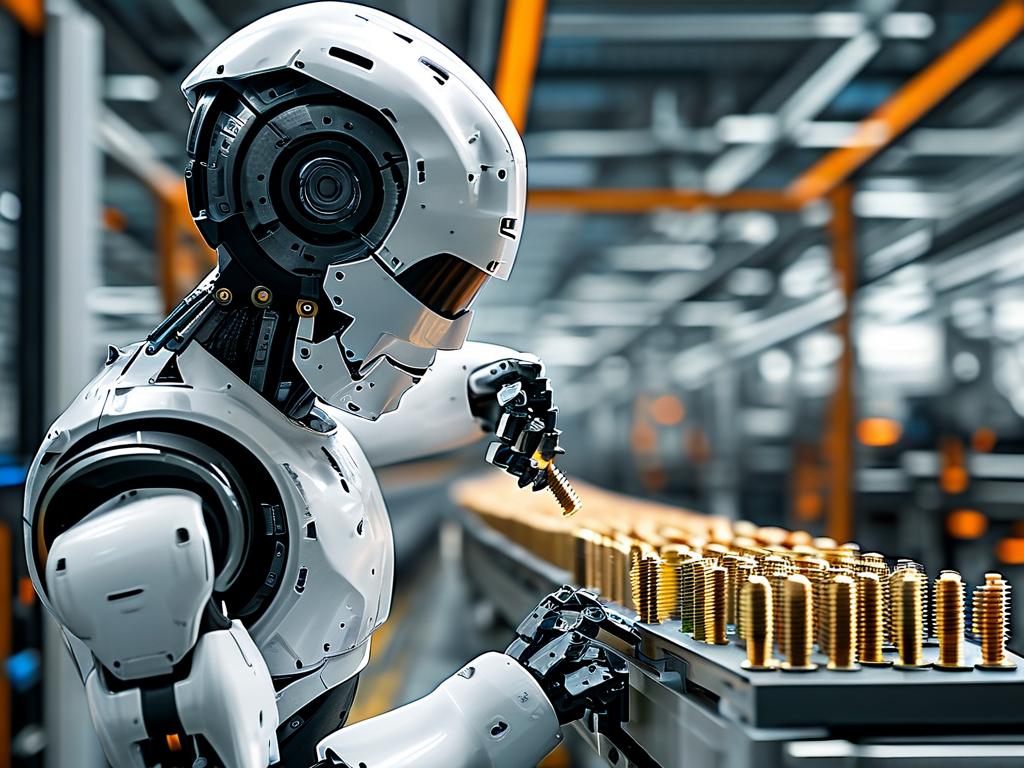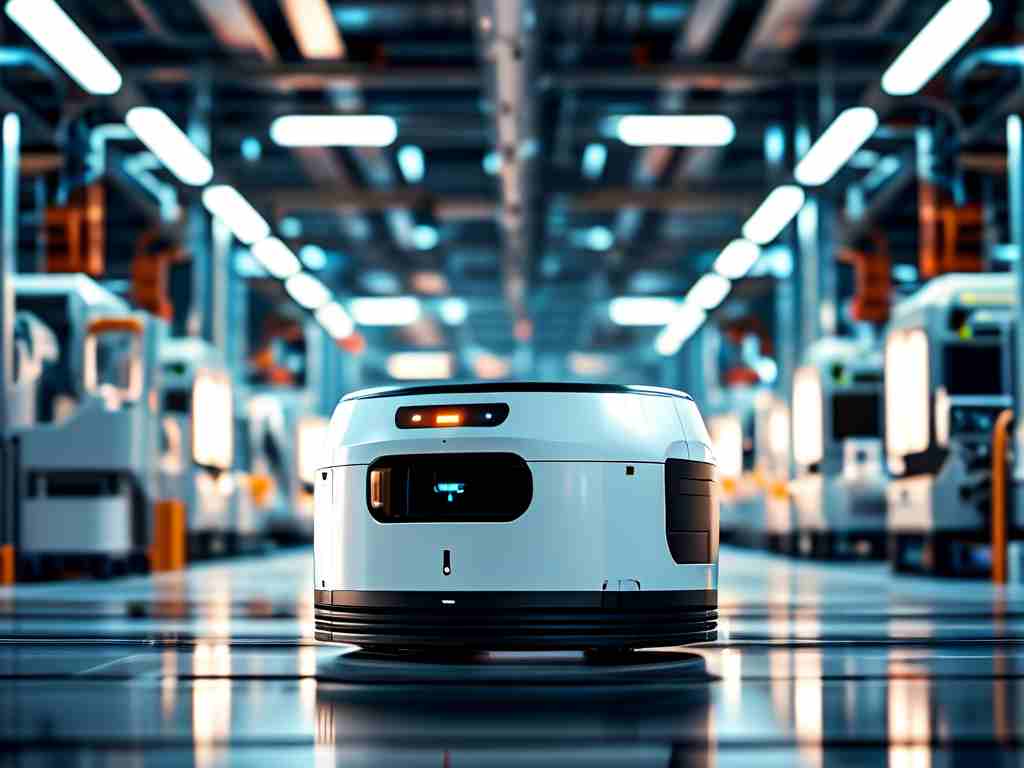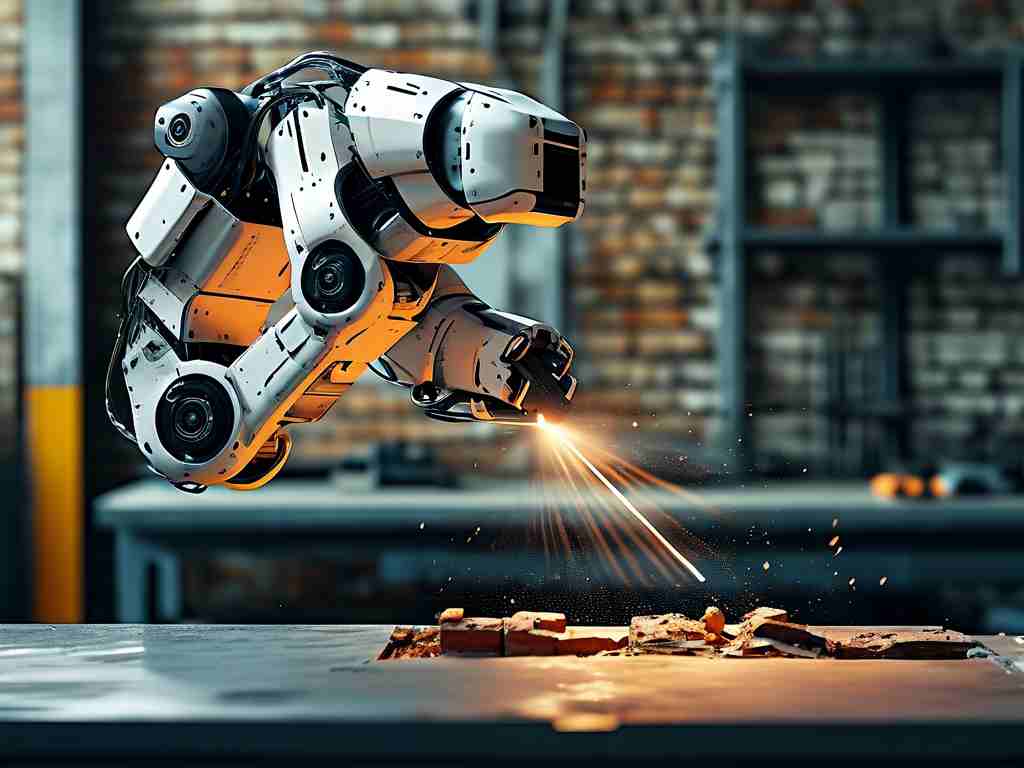The evolution of robotic unloading technologies has revolutionized modern logistics, blending precision mechanics with advanced software algorithms. At its core, this technology relies on three interconnected components: perception systems, motion control architectures, and decision-making frameworks.
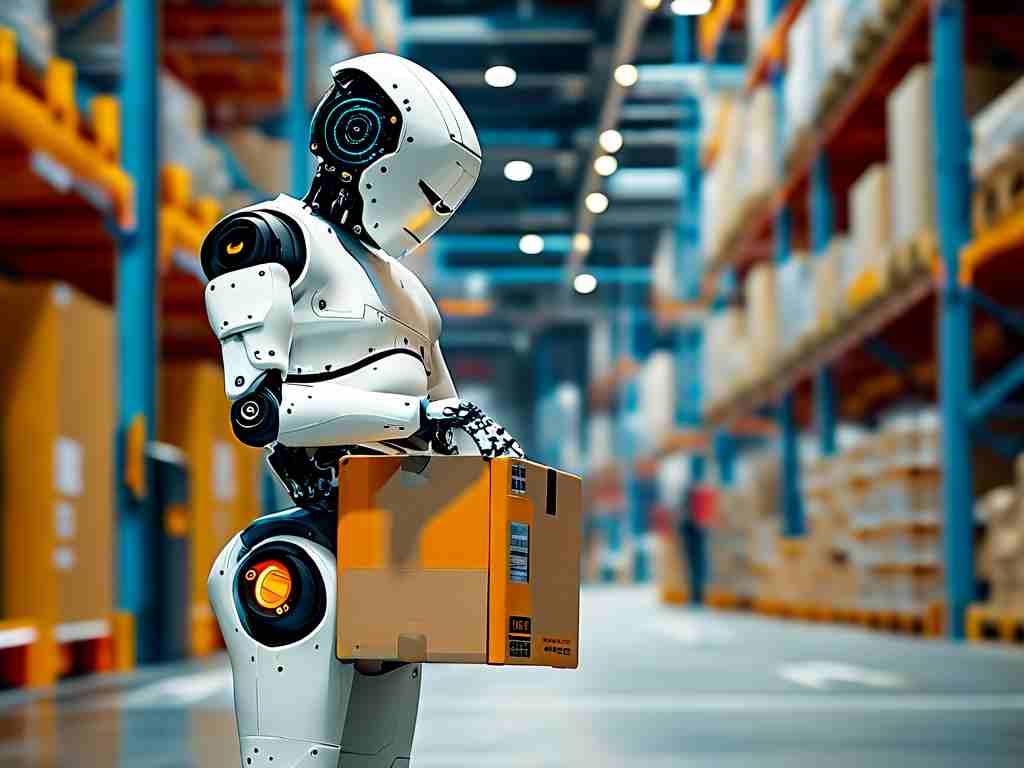
Perception Systems: The Eyes of Automation
Modern robotic unloaders employ multi-sensor fusion to interpret their environment. Lidar scanners create 3D point clouds of cargo spaces, while stereoscopic cameras calculate spatial coordinates using parallax principles. For irregularly shaped packages, millimeter-wave radar penetrates outer packaging to detect internal weight distribution. A pharmaceutical warehouse in Basel recently demonstrated this by deploying robots that autonomously adjusted grip positions based on medicine blister pack density detected through composite sensing.
Motion Control Architectures: Precision in Action
Hydraulic-pneumatic hybrid actuators dominate heavy-load scenarios, achieving 0.1mm positional accuracy through closed-loop PID control systems. In e-commerce sorting centers, delta robots with carbon fiber linkages achieve 200 picks/minute using adaptive torque modulation. The secret lies in harmonic drive reducers that eliminate backlash while maintaining 98% mechanical efficiency. During peak seasons, these systems automatically recalibrate using digital twin simulations that predict wear patterns on end-effectors.
Decision-Making Frameworks: The Cognitive Layer
Reinforcement learning algorithms enable robots to optimize unloading sequences in dynamic environments. A neural network developed by Siemens Logistics processes 14 variables simultaneously – from package fragility ratings to truck departure schedules. In Hamburg's automated port, this reduced container reshuffling operations by 37% through predictive stacking pattern generation. Edge computing devices now execute these calculations locally, slashing decision latency to 80ms even when processing 4K vision data.
Implementation Challenges and Solutions
Environmental variability remains the Achilles' heel of automated unloading. Temperature fluctuations in cold chain logistics cause metal components to contract, potentially misaligning grippers. Mitsubishi Heavy Industries addressed this with shape-memory alloy joints that self-adjust based on thermal sensors. Another breakthrough comes from Boston Dynamics, whose magnetic adhesion wheels enable robots to climb steel container walls during unloading operations.
Future Directions
The next frontier involves quantum-enhanced path planning algorithms. Early trials at CERN's logistics division show 22% efficiency gains in multi-robot coordination tasks. Meanwhile, self-healing polymer end-effectors promise to reduce maintenance downtime by 60% through molecular-level structural repairs. As 6G networks roll out, expect real-time synchronization between unloading robots and autonomous delivery fleets, creating fully integrated smart logistics ecosystems.
From semiconductor fabs requiring nanoscale handling precision to mining operations moving multi-ton ore samples, robotic unloading technologies continue to push industrial automation boundaries. As these systems evolve, they'll increasingly incorporate bio-inspired designs – think gecko-foot adhesion mechanisms for fragile items or octopus-arm fluid dynamics for irregular loads. The ultimate goal remains clear: creating adaptive material handling systems that outperform human capabilities in speed, accuracy, and operational endurance.


